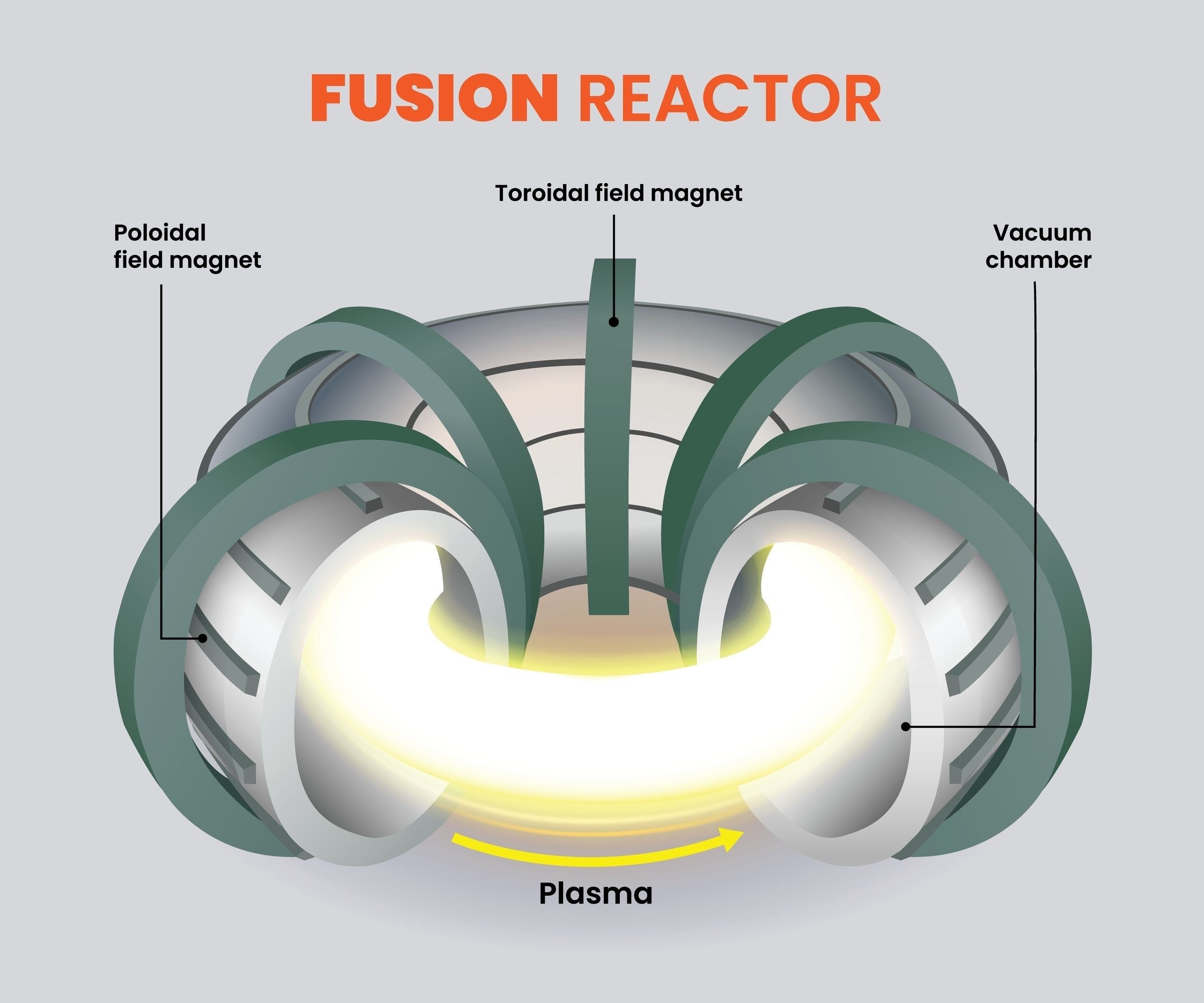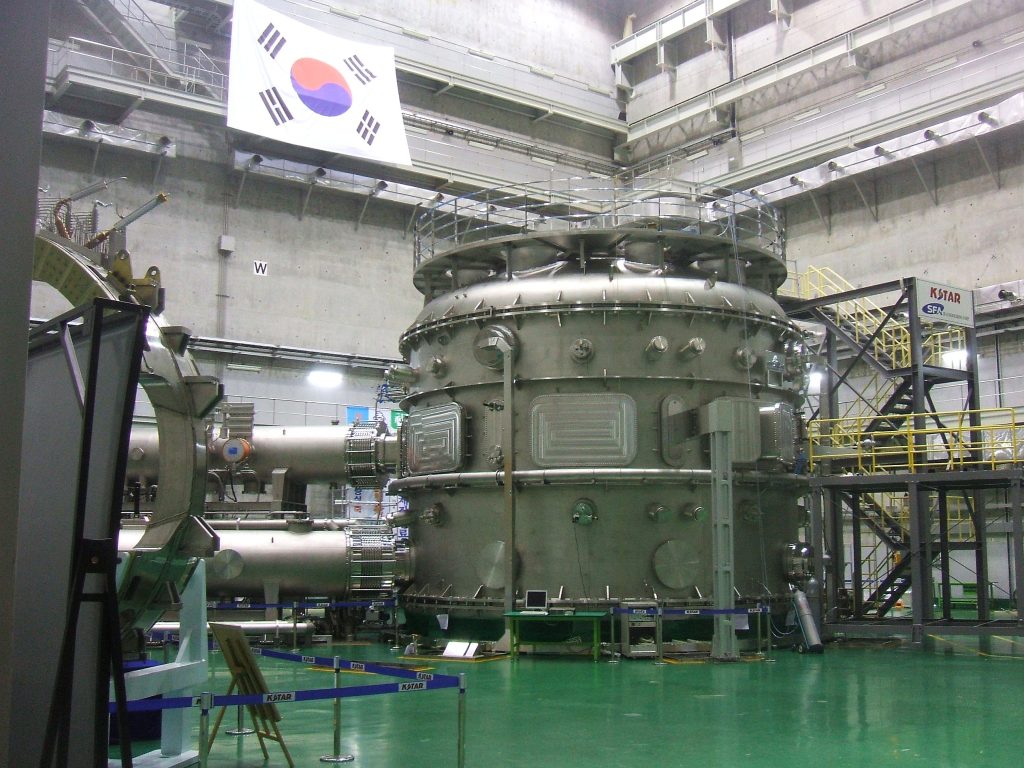South Korea’s KSTAR reactor has set a new global benchmark in fusion energy, pushing us closer to a future powered by clean, limitless electricity.
Others are reading now
In the quest for clean and sustainable energy, a South Korean fusion reactor, dubbed the “artificial sun,” has achieved a monumental milestone. By sustaining a plasma temperature of 100 million degrees Celsius for an impressive 48 seconds, the Korea Superconducting Tokamak Advanced Research (KSTAR) facility has not only broken its previous record but also taken a significant leap towards the future of fusion energy.
This temperature, seven times hotter than the Sun’s core, is a critical step in harnessing the power of fusion, the same process that powers stars, to potentially provide humanity with an almost endless supply of clean energy.
What is Fusion Energy?
Fusion energy is the process of forcing positively charged hydrogen nuclei to merge under extreme conditions of heat or pressure, releases vast amounts of energy. This energy, once efficiently harnessed, promises to fuel our planet with clean and inexpensive electricity. The process requires achieving and maintaining extremely high temperatures to create and sustain a plasma state, where hydrogen isotopes collide and fuse, releasing energy.
Also read
KSTAR: Setting New Benchmarks
The KSTAR reactor’s latest achievement of maintaining plasma at 100 million degrees Celsius for 48 seconds surpasses its own 2021 record by 18 seconds.
This advancement is crucial for the development of fusion energy, as the reactors must contain the superheated plasma for extended periods to be viable energy sources. KSTAR’s success marks a significant step forward in fusion research, proving the tokamak reactor’s capability to achieve the necessary conditions for fusion over longer durations.
The tokamak reactor, resembling a car tire with a central magnet and surrounding magnetic coils, is a leading design in the quest for commercial fusion energy.
It holds the plasma in place, allowing for the fusion process to occur within a donut-shaped chamber. This method of sustaining fusion reactions offers a glimpse into a future where fusion energy could power our world, utilizing abundant resources like seawater and lithium to fuel the reactors.

The Road Ahead
Despite the excitement surrounding KSTAR’s achievement, the journey to a fusion-powered future is long.
The researchers behind KSTAR aim to extend plasma operation to 300 seconds with temperatures above 100 million degrees by 2026. However, the first fusion power plant contributing electricity to the grid is not anticipated until around 2060.
As the world grapples with the energy and climate crises, the advancements made by the KSTAR reactor offer a beacon of hope, lighting the path towards a cleaner, more sustainable future.


